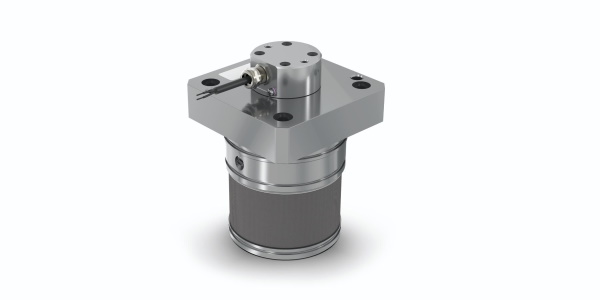Woodward’s technical experts in Colorado have launched an innovative solution with the company’s SOGAV™ product line having achieved Zone ‘0’ IGF Code compliance.
The development means the newly launched SOGAV235 gas admission valve is an ideal solution for marine engines and equipment using gas or low-flashpoint liquids as fuel in potentially dangerous explosive and flammable atmospheres.
The International Maritime Organisation (IMO) has adopted a mandatory safety code for ships using gases or other low-flashpoint fuels. Its International Code of Safety for Ships using Gases or other Low-flashpoint Fuels (IGF Code) provides criteria for arranging and installing machinery, equipment, and systems for vessels operating with gas or low-flashpoint liquids as fuel to minimize the risk to the ship, its crew, and the environment.
The performance and characteristics of a gas and dual-fuel internal combustion engine are significantly influenced by gas admission valves. Woodward’s SOGAV™ valves (Solenoid-Operated Gas Admission Valves) are a family of electrically actuated, high-response gas admission valves for in-manifold (port) fuel admission. They are designed for use on four-cycle, turbocharged, natural gas or dual-fuel engines, including marine LNG fuel.
Once fitted into a vessel’s gaseous fuel admission system, SOGAV™ delivers precise gas mass flow-metering per cylinder ranging from 70kw/cyl to 1500kw/cyl. This enables gas engines and dual-fuel engines to operate with lean burn – delivering increased efficiency and reduced emissions. Only one SOGAV™ valve is required for each engine cylinder.
The latest IGF Code compliance for Woodward’s SOGAV235 gas admission valve comes on the back of the company’s recent approval listing for the SOGAV105/145 valve that received an IGF Zone ‘0’ listing.


